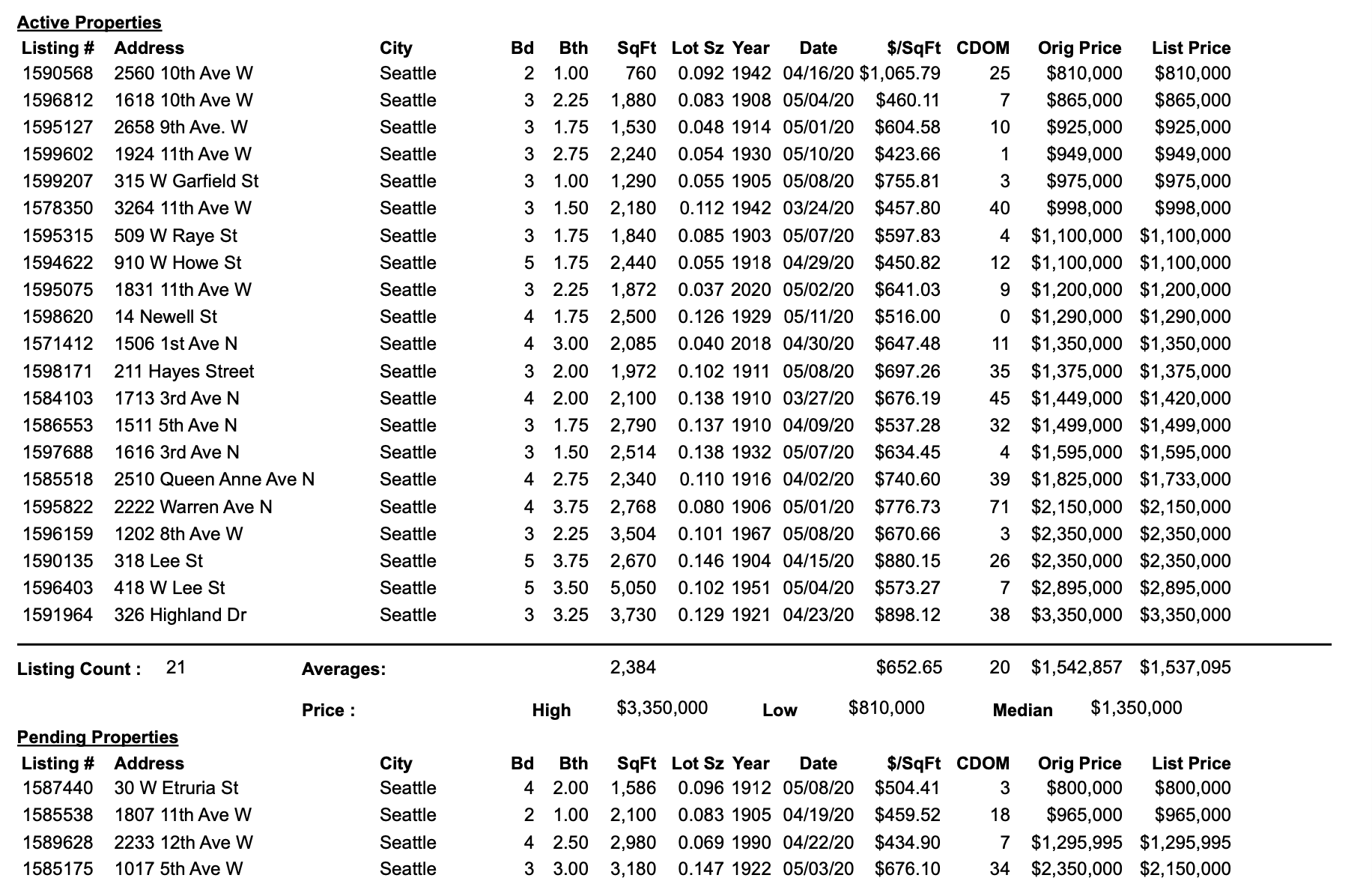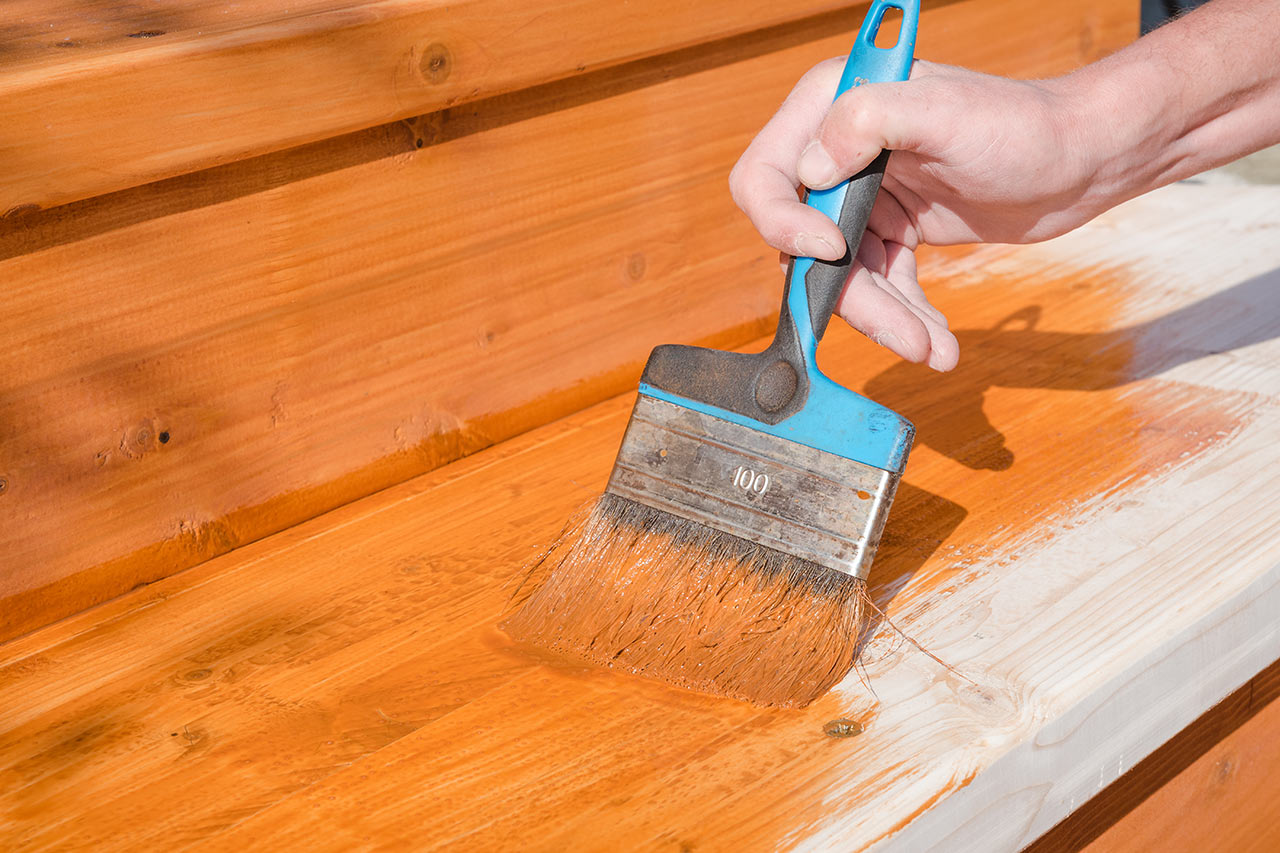The provisions in the stimulus package stipulate that during the forbearance period, mortgage servicers cannot make negative reports about the borrower in question to credit bureaus, including the three main ones, Experian EXPGY, -1.44% , Equifax EFX, -2.08% and TransUnion TRU, -3.34% . Borrowers also will not owe any late fees or penalties if they are granted forbearance.
You need to know who your servicer is
Struggling homeowners won’t automatically receive forbearance. You need to request it from your servicer.
Mortgage servicers are the companies who receive your monthly payments. A homeowner’s mortgage servicer isn’t necessarily the same as their lender — many lenders sell the servicing rights for mortgages to other companies.
The first step to figure out who your servicer is would be to check your mortgage statement. If for some reason the information isn’t there, you can look it up by searching the Mortgage Electronic Registration Systems website. Alternatively, you can check with Fannie Mae and Freddie Mac, if your loan is backed by one of them.
How do you know if you qualify?
To qualify for forbearance, a borrower must have a mortgage backed by one of the following federal agencies:
• Fannie Mae
• Freddie Mac
• The Federal Housing Administration (FHA)
• The U.S. Department of Veterans Affairs (VA)
• The U.S. Department of Agriculture (USDA)
Borrowers should avoid calling their servicers to find out if they’re eligible, Sharga said.
“Find out what you can before you try and reach your mortgage servicer, because they are overwhelmed with call volume right now,” Sharga said.
Fannie Mae FNMA, -3.01% and Freddie Mac FMCC, -4.13% both have websites where you can check whether your loan is backed by one of them. You can access those websites here and here. Almost half of all mortgages in the U.S. are backed by Fannie and Freddie.
To find out if your loan is backed by the FHA, check the original closing documents or your most recent mortgage statement. If you pay for FHA Insurance, then that agency is backing your loan. Alternatively, your closing documents should include a HUD (Department of Housing and Urban Development) statement and a 13-digit HUD number.
Because the VA and USDA loan programs target specific borrowers, those borrowers should already know if they have loans backed by those agencies. In the event you are still unsure, you can call your servicer.
Those who aren’t eligible aren’t necessarily out of luck, though. Servicers for non-federally-backed mortgages may still be willing to provide forbearance to borrowers facing financial trouble right now.
Also see:More than half of renters say they lost jobs due to coronavirus: ‘They could face housing situations that spiral out of control’
Be prepared to answer some questions
You don’t need to provide documentation to prove your financial hardship at this time, but your servicer may have some questions to determine how much assistance they will offer you.
The Consumer Financial Protection Bureau suggests being prepared to answer the following:
• Why you can’t make your payments?
• Is the problem you are facing temporary or permanent?
• What is the current state of your income, expenses and other assets, including money in the bank?
• Are you a service member with permanent change of station orders?
“Consumers should indicate they have had a hardship due to COVID-19 and ask about their forbearance options with the company servicing the mortgage loan,” said Chris Diamond, director of financial products at online mortgage lender Better.com. “They should ask how long of a forbearance they can qualify for as well as what their options are at the end of that forbearance period.”
Get your forbearance agreement in writing
The CFPB stresses that any borrower who has received a reprieve on mortgage payments should get their agreement in writing.
“Once you’re able to secure forbearance or another mortgage relief option, ask your servicer to provide written documentation that confirms the details of your agreement and that you’re clear on what the terms are,” the agency said on its website.
Having the agreement in writing will protect you if there are errors in your mortgage statement or your credit report.
Watch out for balloon payments
After a borrower has secured a forbearance agreement from their servicer, they should discuss repayment options.
“You don’t want a surprise like finding out that six months of deferred loan payments are all due immediately upon the end of the forbearance,” Sharga said. “Most people simply won’t have six months’ worth of mortgage payments available.”
Some borrowers have expressed concerns after being offered a balloon payment option like the one Sharga described. With a balloon payment, a borrower would pay back the entire amount owed for the forbearance period at once.
While a lender may offer a balloon payment as an option, there is no mandate that a borrower must repay in this manner, Kaul said.
Read more:America’s housing market is showing the first signs of trouble from the coronavirus pandemic
Homeowners can and should aim to negotiate the best possible repayment options for them. “All those terms are negotiable,” Sharga said. “Be diligent, be steadfast and try and stand your ground.”
Beyond a balloon payment, servicers may offer to extend the term of the mortgage and tack on the missed payments at the end, so a 30-year mortgage would be extended by 4 months if that’s how much forbearance a borrower received.
There is no mandate that a borrower must repay what they owe in missed payments in one balloon payment after forbearance.
Alternatively, a borrower may also be offered the option to amortize the balance they owe over the life of the loan. This means they would repay a portion of the balance owed in addition to their usual monthly payments.
A borrower can request information on who owns their mortgage note, since the owner might be able to provide more relief options. Servicers must respond to these requests within 10 business days, said Andrea Bopp Stark, an attorney with the National Consumer Law Center.
“If the servicer does not respond, the borrower should send another letter and seek legal assistance,” Bopp Stark said. “The servicer could be held liable for actual damages and up to $2,000 statutory damages for a failure to respond.”
If you’re still in financial trouble after forbearance, consider a loan modification
It’s too soon to tell whether 12 months of forbearance will be enough assistance for those who are among the millions of Americans who have lost their jobs in recent weeks.
“The most beneficial option if the borrower might be out of work or impacted for an extended period is to request to modify the loan at the end of forbearance,” Diamond said.
Unlike forbearance, a loan modification involves a permanent change to the details of the mortgage. This can include adjusting the interest rate, extending the duration of the loan or deferring the amount owed until the end of the loan as a separate lien.
A servicer will determine whether or not a borrower qualifies for the modification.
SOURCE: MarketWatch
 Facebook
Facebook
 X
X
 Pinterest
Pinterest
 Copy Link
Copy Link


















